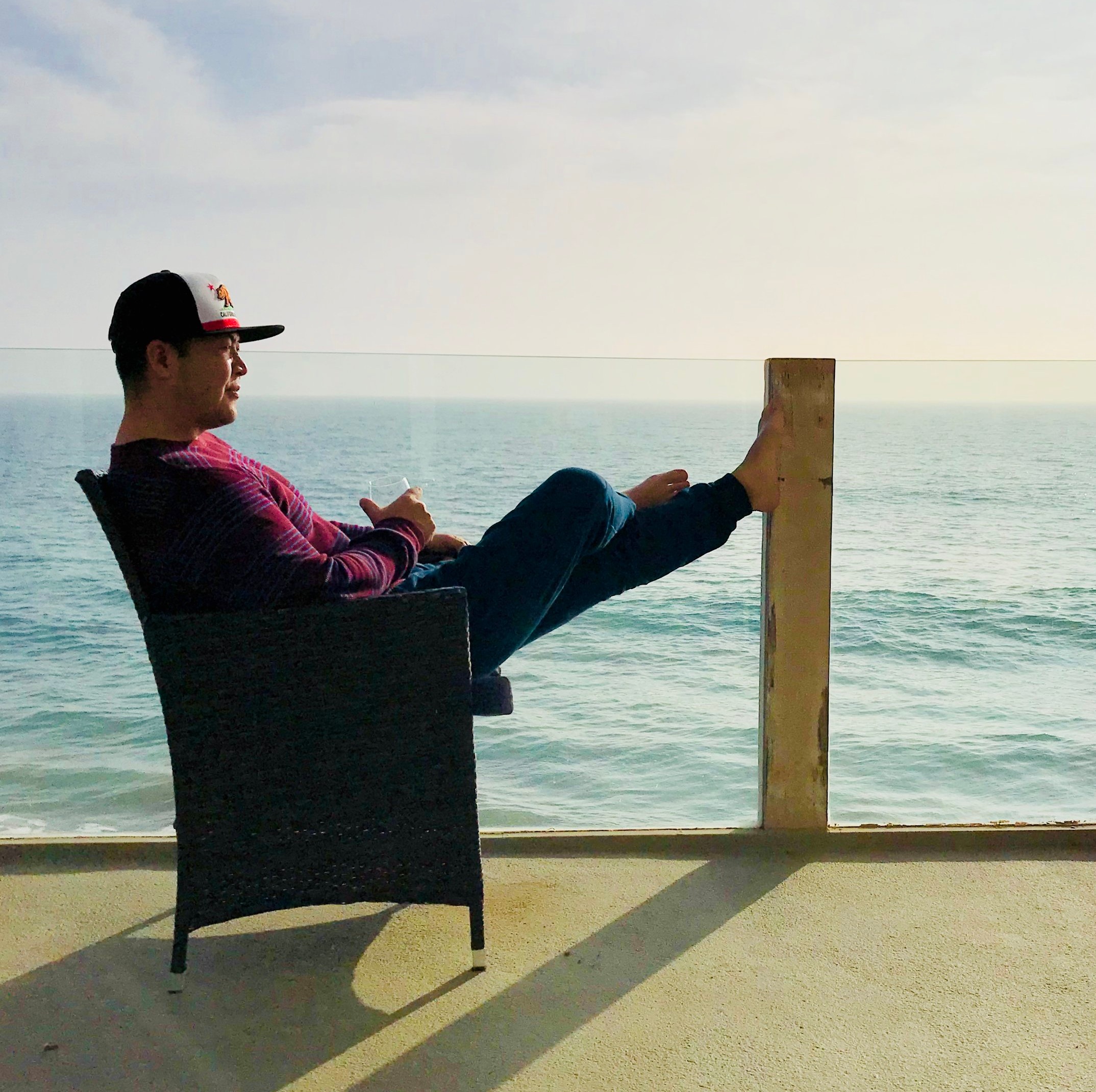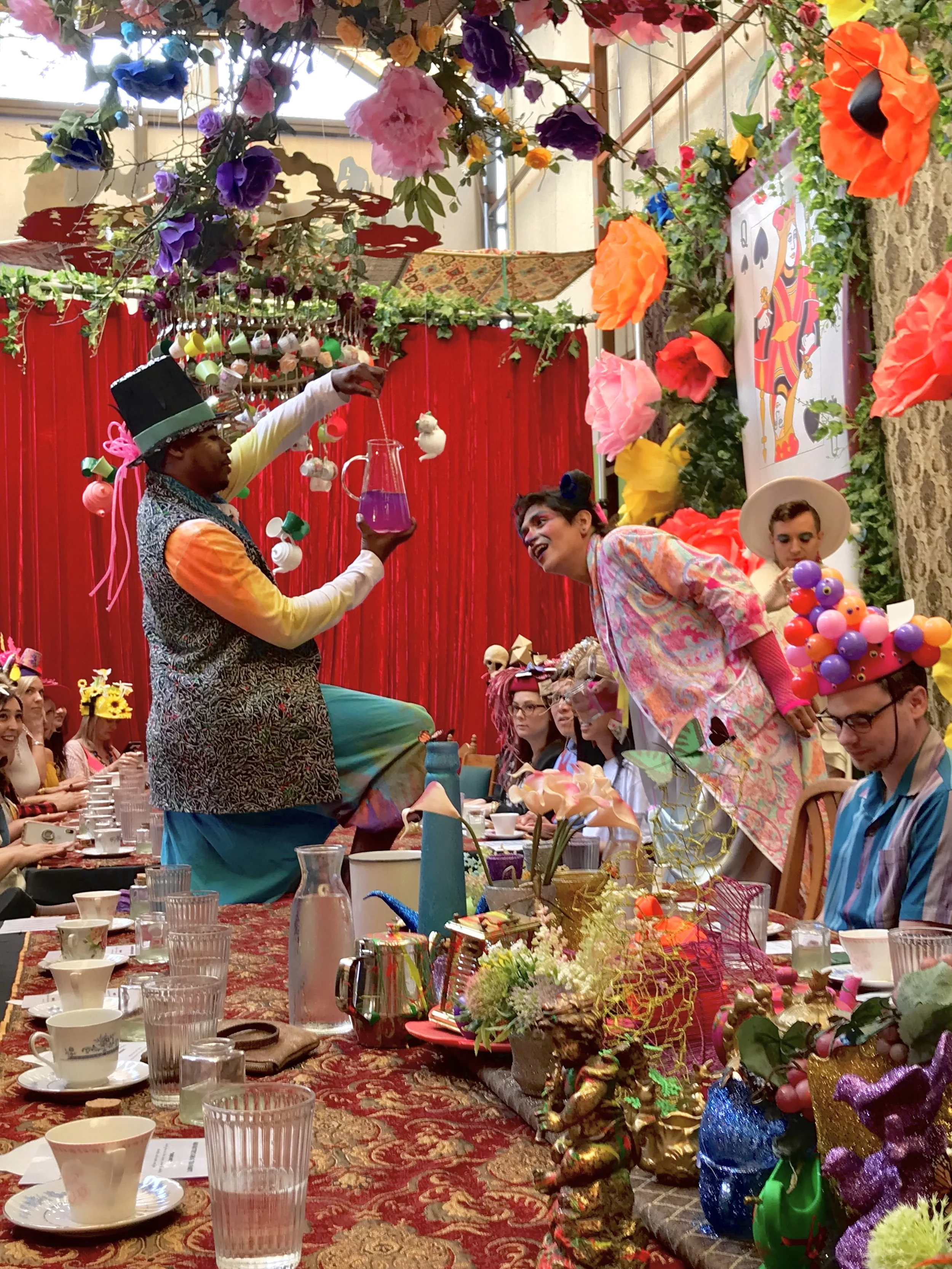Hollyhock House
DETAILS:
Location: 4800 Hollywood Boulevard, Los Angeles, California 90027
Hours of Operation:
Self-guided tours (Experience the interior of Hollyhock House at your own pace. Docents are on hand to provide information and answer questions. A guide book is also available): Thursday thru Sunday; 11AM to 4PM
20 Minute docent lead exterior tour: Thursday thru Sunday; 11:15AM, 12PM & 12:45PM
45 Minute docent lead interior & exterior tour: Tuesday & Wednesday; 11AM & 12:30PM
Parking: Free parking on site.
Cost:
Self-guided tours: $7 Adults / $3 Seniors & Students / Children under 12 free.
20 Minute exterior tour: $7
45 Minute interior/exterior tour: $7
Time Commitment: Dependent on tour length, but an hour should generally cover you for all. Allow for more time if you want to visit the rest of Barnsdall Park.
Miscellaneous: Please see website listed below (under “resources”) for details, closures, and any updates to tour schedule and prices.

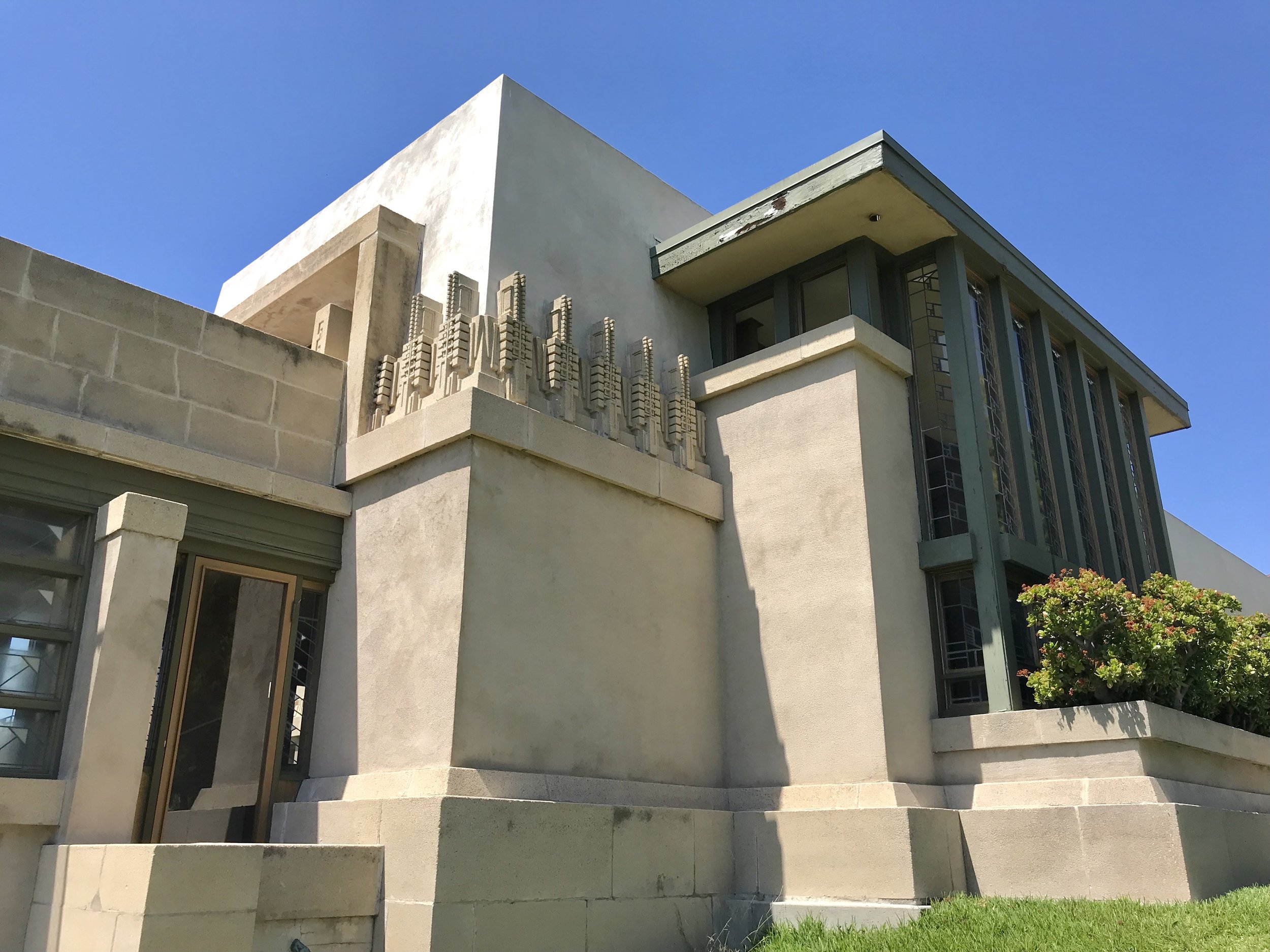
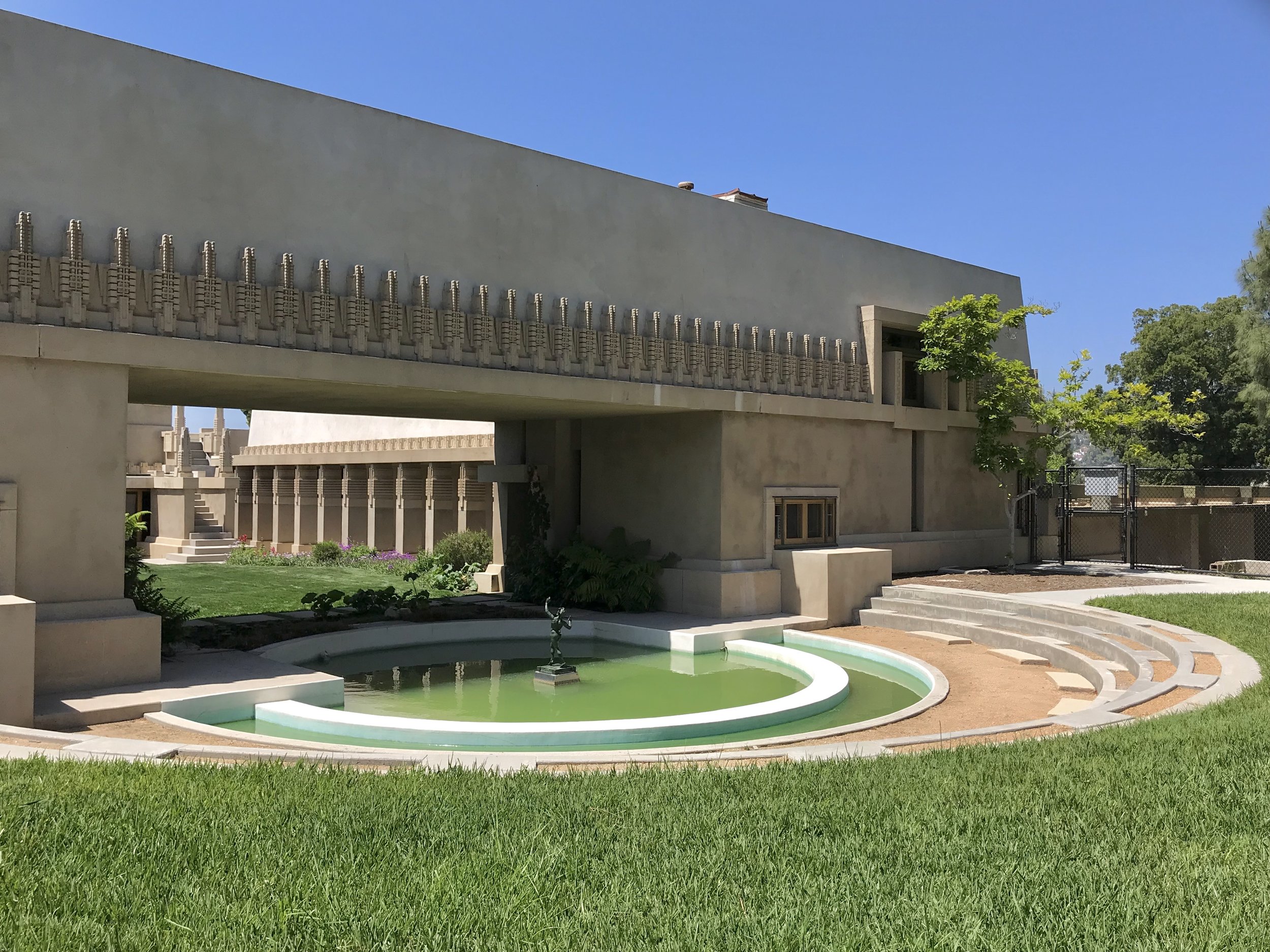
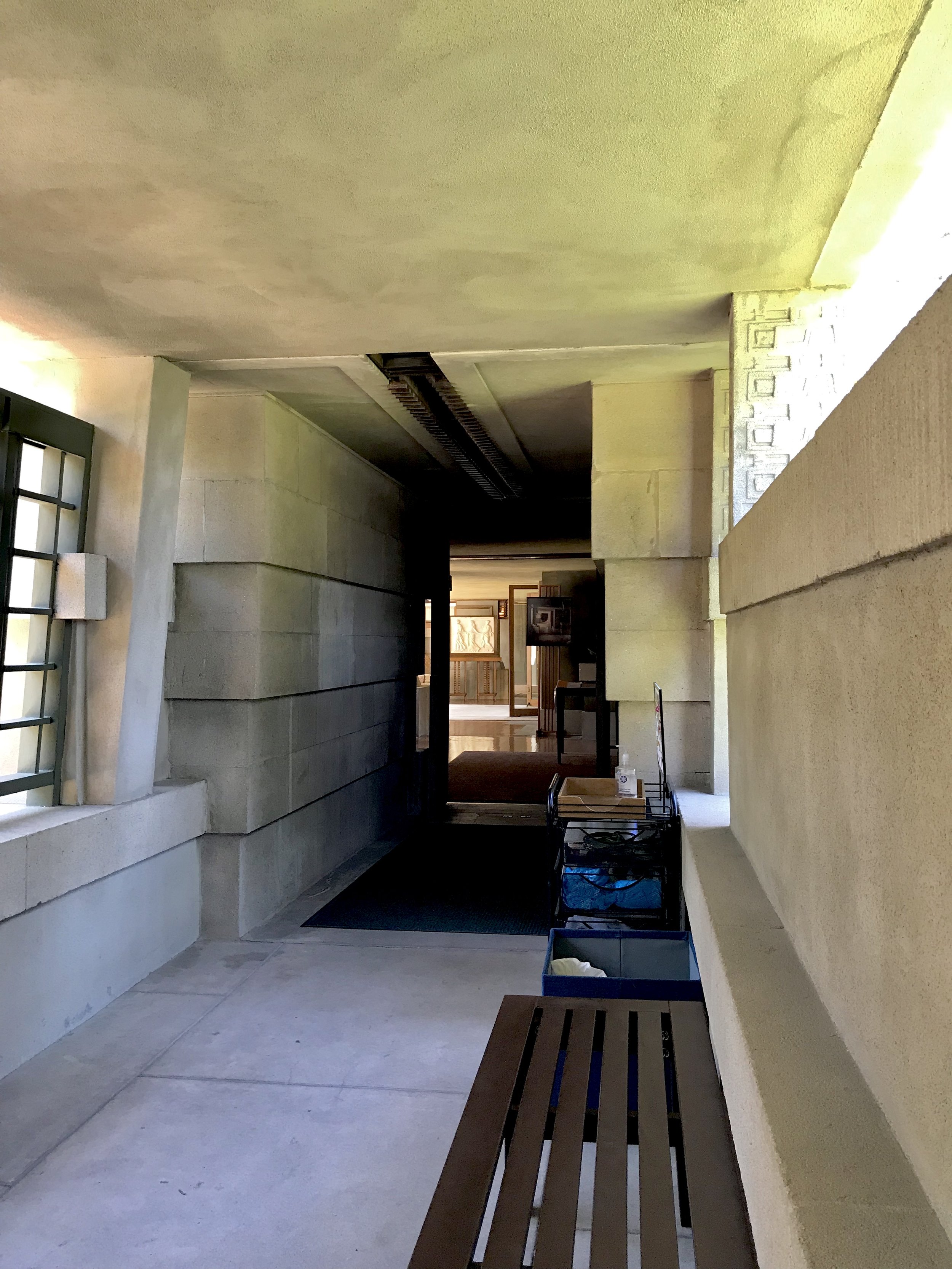
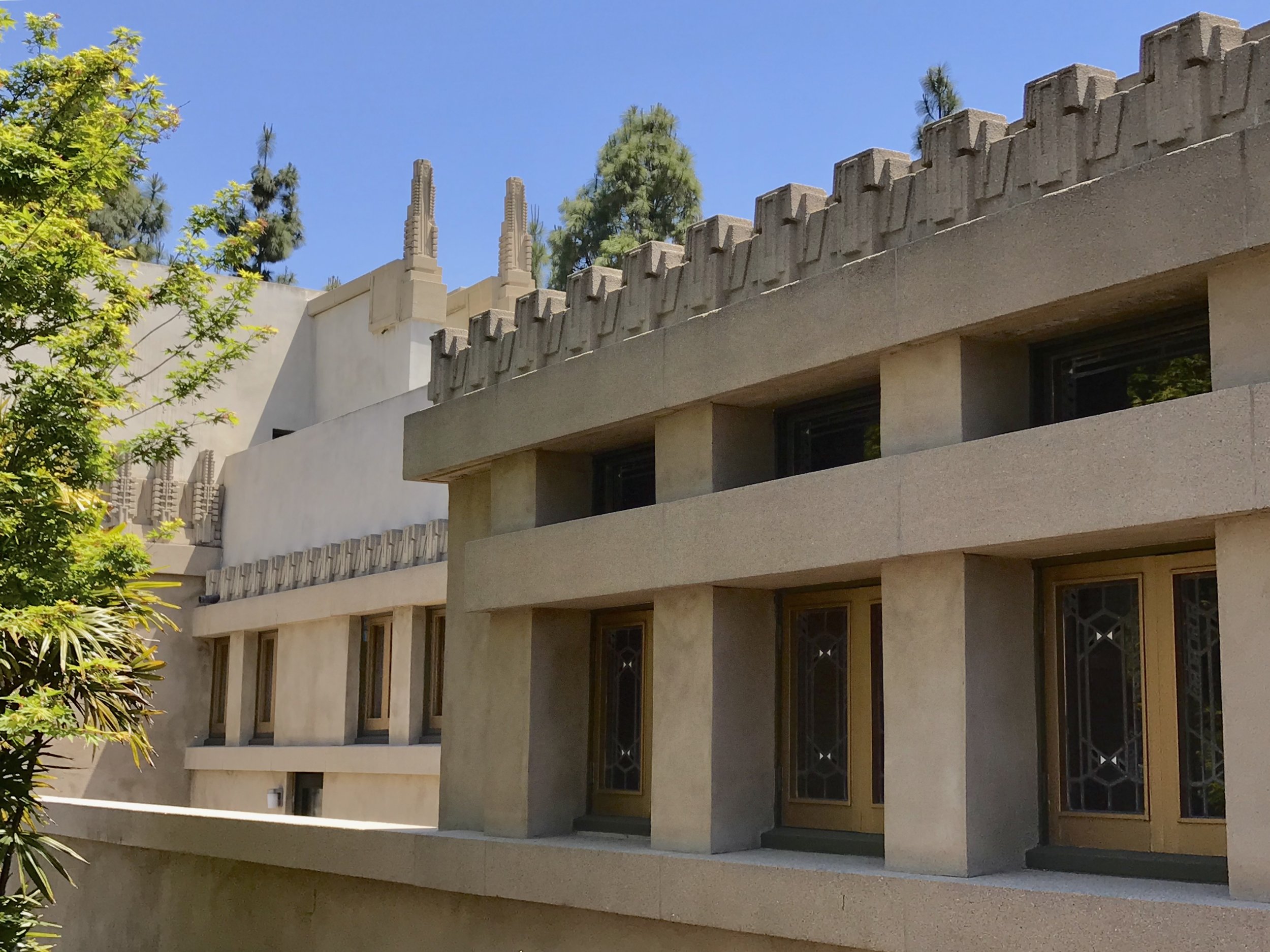
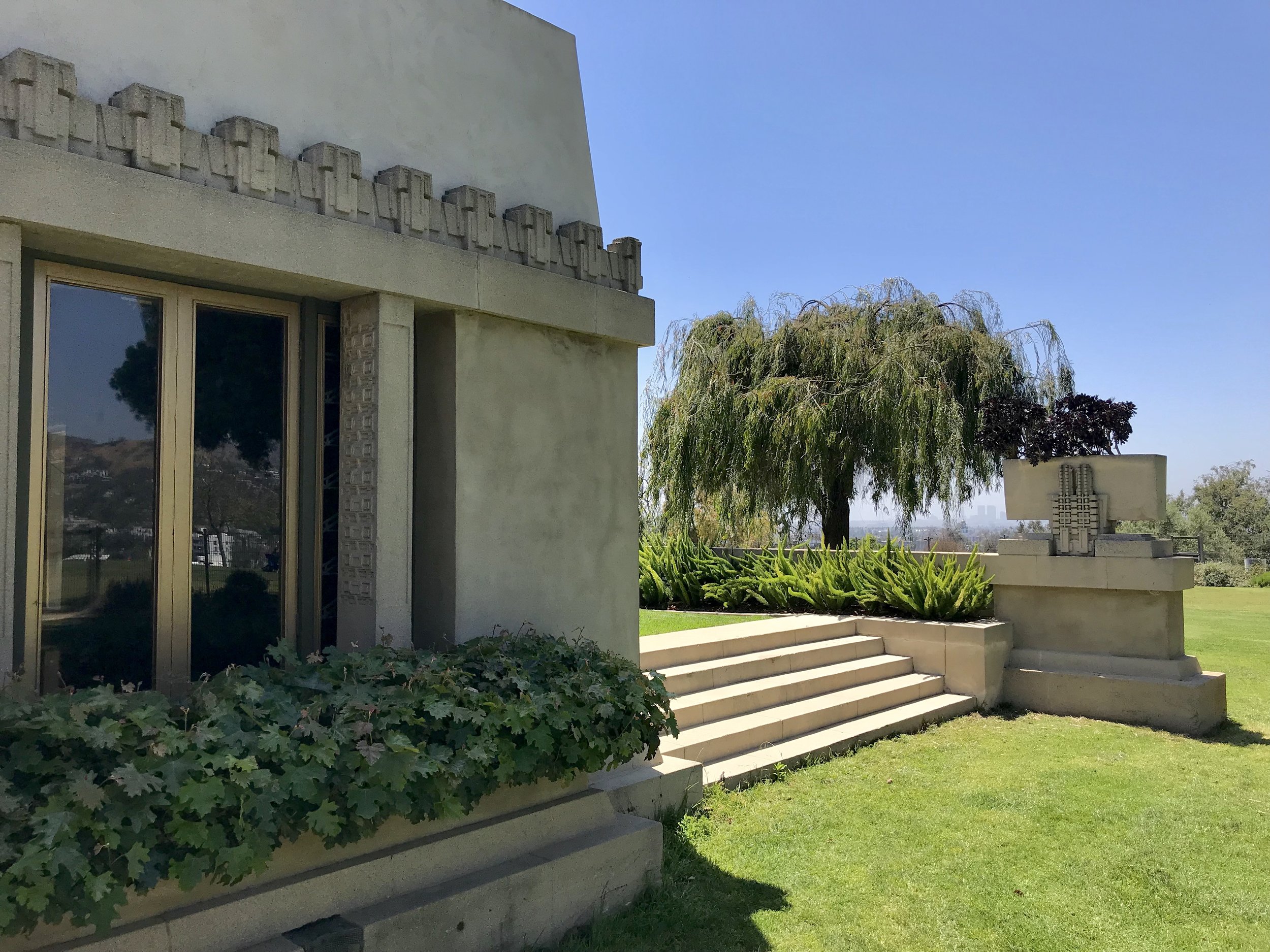
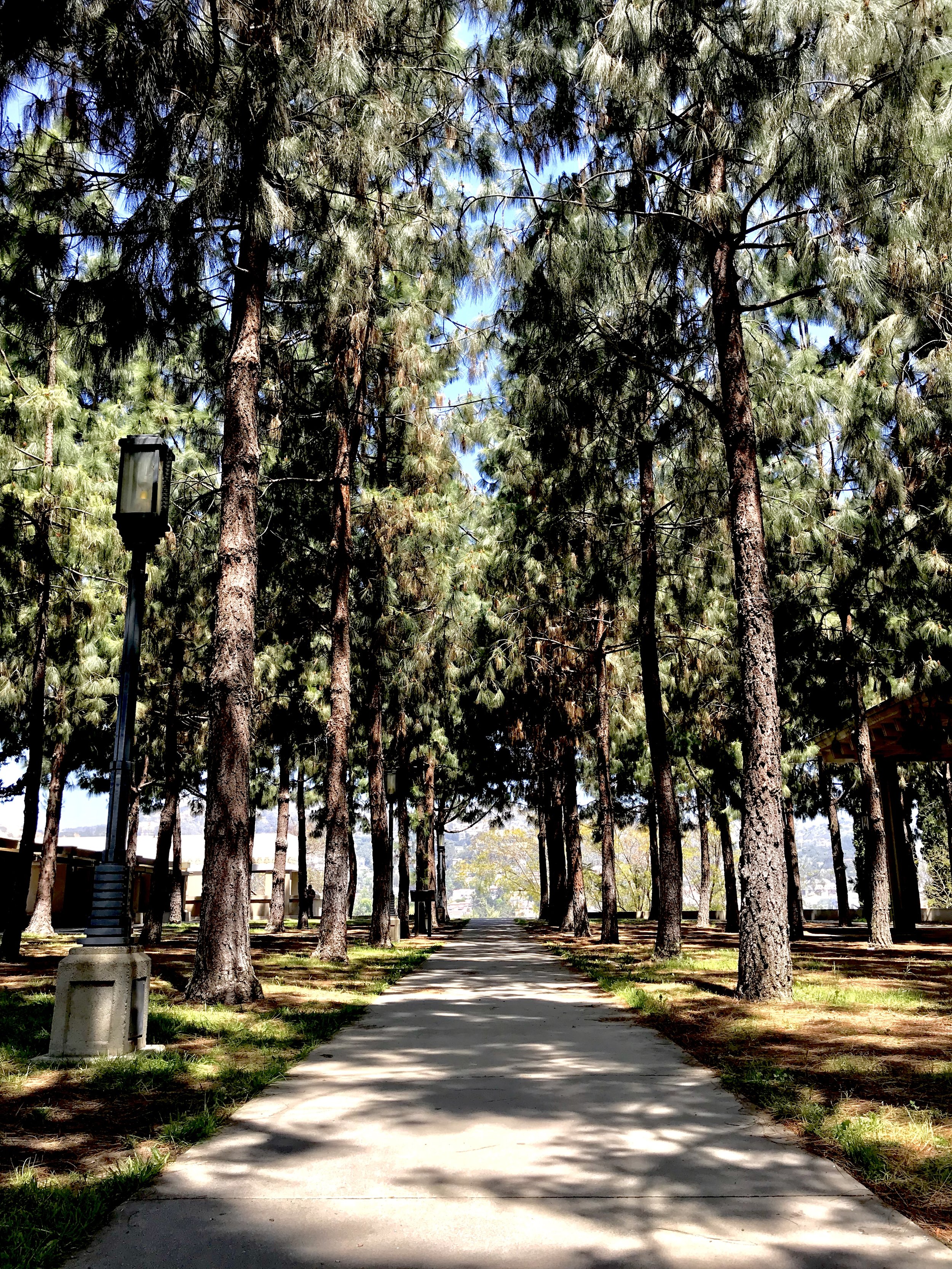
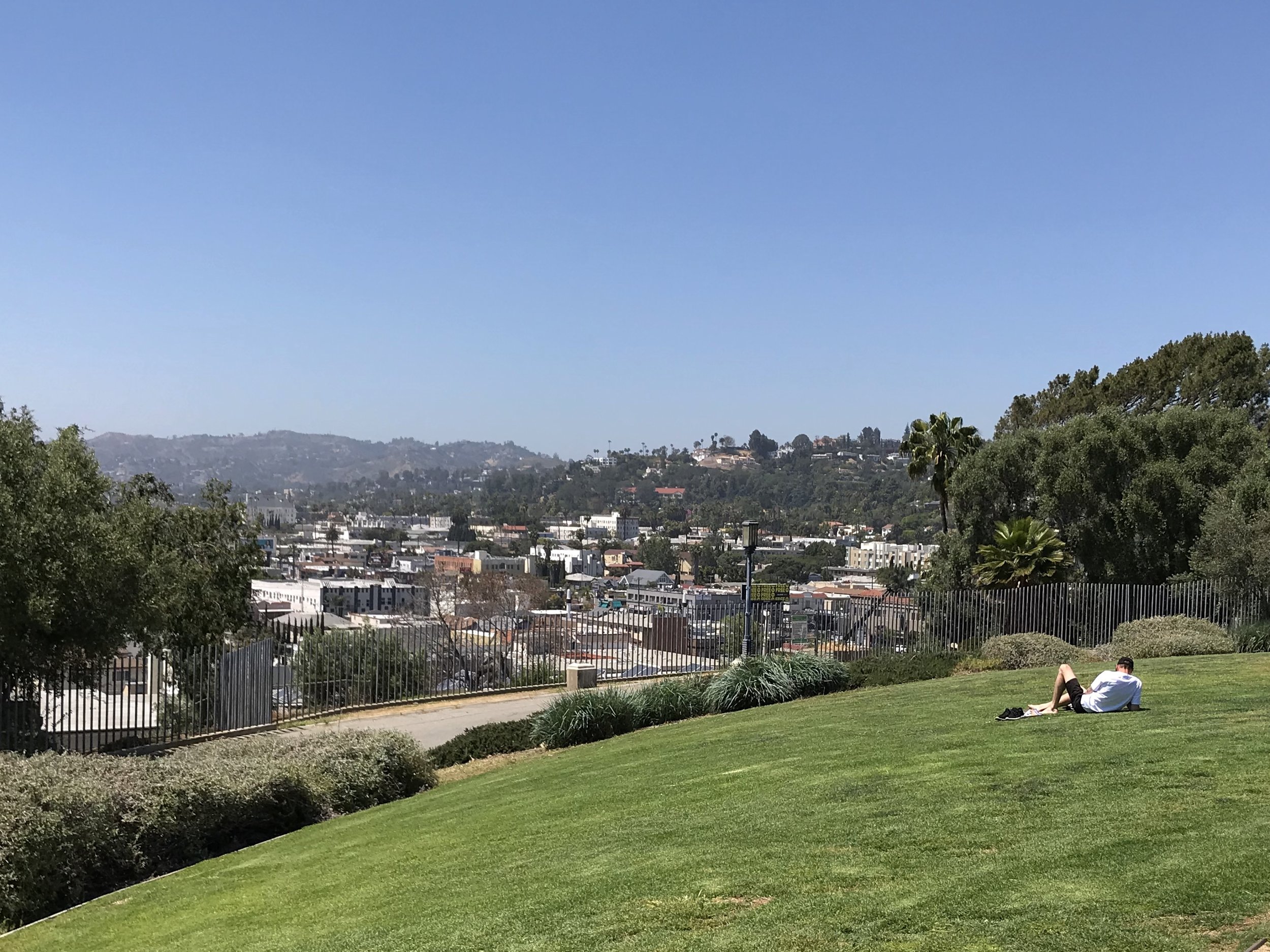
Frank Lloyd Wright is one of the preeminent architects in history and he would’ve been the first to tell you as much during his lifetime. Aline Barnsdall, an oil heiress and a fierce patron of the arts, was known to be full of self-importance as well. So what happens when an unstoppable force meets an immovable object? You end up with the Hollyhock House.
When Aline Barnsdall first envisioned a sprawling community dedicated to the arts that would reside on top of Olive Hill in the neighborhood of Los Feliz, she could think of no one better to spearhead this dream than Frank Lloyd Wright and immediately commissioned Wright for the project in 1919, his first in Los Angeles. Barnsdall’s art complex was supposed to contain multiple buildings with the Hollyhock House (named after Barnsdall’s favorite flower) serving as its grand centerpiece. But after years of bickering over design and cost, Barnsdall subsequently fired Wright who had only finished designing the Hollyhock House before being let go. Another emerging architect, Rudolph Schindler, was brought in to complete Wright’s vision. Ultimately though, the Hollyhock House was the only structure that would be completed on Olive Hill. Ironically, Barnsdall never lived in the house much after it was built and eventually donated the 12-acre property to the City of Los Angeles in 1927.
The first of many Frank Lloyd Wright houses built in the Los Angeles area, the Hollyhock House marked Wright’s evolution from the Prairie-style homes that made him famous in the Midwest (like the Robbie House) to a new design philosophy that he would dub “California Romanza” meaning freedom to make one’s own form. Wright borrowed from Mayan influences to inspire architecture that was better suited for the Californian terrain and would first utilize the textile-block system that would become his calling card in Southern California.
In the years that followed, the Hollyhock House fell into grave disrepair thanks to initial design flaws (Wright used clay & plaster instead of cement to save on costs), several poor renovation efforts (one lead by the son of Frank Lloyd Wright), water intrusion, and major damage caused by the 1994 Northridge earthquake. Even so, the house was still designated as a National Historic Landmark in 2007. That same year, the City of Los Angeles and Project Restore partnered together to fully restore the Hollyhock House back to its original splendor. Thanks to their efforts, the Hollyhock House re-opened its doors in 2015 and now serves as the centerpiece to the Barnsdall Art Park Foundation (named after Aline herself!), a non-profit organization that provides art classes, a performance art theater, and a rotating art gallery to the public. It might have taken a little longer than planned, but Aline Barnsdall finally got exactly what she paid for.
UPDATE: The Hollyhock House (along with seven other Frank Lloyd Wright houses across the United States) was named a UNESCO World Heritage site on July 8th, 2019. It is the first “modern” architectural site in the world to receive this honor.
